Absolutely!
It is a myth that you cannot, or should not exercise when you have your period. It is actually a really good idea for you
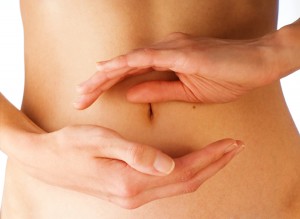
to do so, it is safe and beneficial to exercise during your period unless your doctor has advised against it.
In my time as a personal trainer one of the most common reasons for cancelling a training session is because the client has their period. This is an excuse usually given by a new client (or dare I say, lazy or not the most committed). My long term clients just get on with things, they let me know and I change their session accordingly. One of the most overused exercises during your period is a core exercise. Why? Because when you feel bloated you tend to focus on that area by smashing your core with sit-ups, crunches, planks all sorts of stomach punishing exercises. During your period you experience inflammation in those abdominal areas and pelvic region so please be nice to them and leave them alone, they’re already inflamed don’t punish them.
Your menstrual cycle begins the first day of your period then continues until your next period approximately 28 days later. During this time your hormones are dancing…not literally! Your cycle is sectioned in 4 phases and each one causes a hormone fluctuation. Your hormones can cause changes in mood and physical symptoms. Due to the sharp drop in hormone levels just prior to your period some women can experience the following symptoms:
- Anxiety
- Depression
- Food cravings
- Headaches
- Fatigue
- Back pain
If you experience these symptoms exercise can seem like the last thing you feel like doing. However exercise is a great way to manage and decrease these symptoms.
There are many benefits from exercising during your period, here are some:
- Decrease the pain of cramps by releasing endorphins (the body’s natural painkillers), increasing blood flow, and by loosening muscles in your lower abdomen, back, and thighs.
- Gets rid of the excess water in your body so you aren’t bloated.
- Improves and stabilises your mood, making you less anxious, angry, or depressed.
- Exercising consistently, you may be able to achieve a lighter and shorter menstrual flow, less mood swings, and stronger pelvic floor muscles, which can better support your reproductive organs.
The goal should be to find a balance between your exercise and menstrual cycle to optimise your workouts and receive the benefits. If you are just beginning an exercise program, and you suffer from cramps and other period-related issues, then start out slowly. Make sure you’re listening to your body and not overdoing it.
Try increasing exercise around your period, it will improve oxygen circulation throughout your body.
Eat lots of fresh fruits and vegetables, and lean protein, give your body energy! If you suffer cramps, use a heat pack to subside the pain, ibuprofen might also assist in pain relief to allow you to get back to your exercise quicker.
Don’t put off your workouts due to your period, if you plan and exercise consistently you can relieve your symptoms and stay on track. It’s so easy to say it’s too hard, i’ll rest during my period and get back into exercise next week, don’t take the easy way out. You will be losing workout time where you could have been improving your body, and actually setting yourself up for a better menstrual cycle. Believe me, i’ve tried both ways and exercise truly helps!
Exercise benefits the body and mind, don’t deny yourself by using your period as an excuse not to exercise. You can do it!
If you feel someone else would benefit from reading this article then please spread the love by sharing this article via the share buttons 🙂
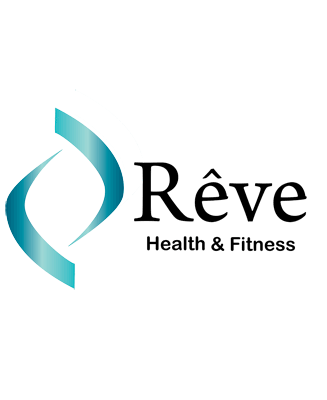
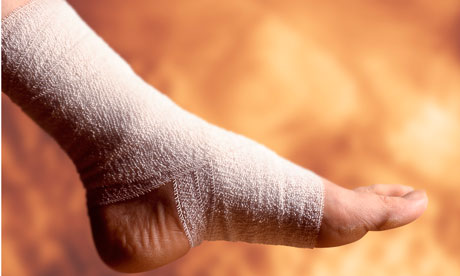
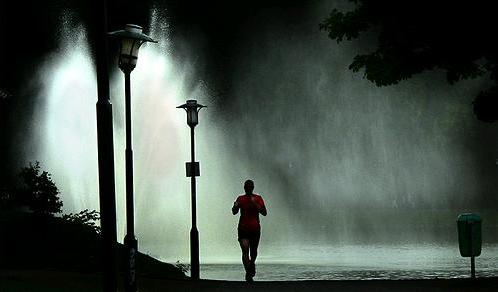 rather stay in bed. Or if you’d rather go straight home from work and change into your warm pyjamas. The hurdle is getting yourself to the gym. Once you’re there it’s quite easy to get into the spirit of exercise plus you’re protected from the outside elements. Try making a deal with yourself. If you get yourself to the gym even though the weather is crappy, you will stay for less than half an hour then be on your way, it may even be a short circuit and as soon as you’ve completed it you’re done. I guarantee you will feel better for it.
rather stay in bed. Or if you’d rather go straight home from work and change into your warm pyjamas. The hurdle is getting yourself to the gym. Once you’re there it’s quite easy to get into the spirit of exercise plus you’re protected from the outside elements. Try making a deal with yourself. If you get yourself to the gym even though the weather is crappy, you will stay for less than half an hour then be on your way, it may even be a short circuit and as soon as you’ve completed it you’re done. I guarantee you will feel better for it.
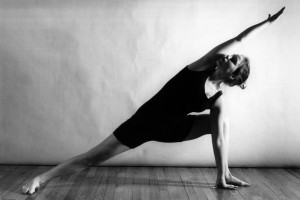 during the week as well, but this rarely happens. My will-power is not the best, so I need an instructor pushing me. It’s too difficult for me to attend more than one class a week, although I really wish I could. So when I saw an add at the Yoga studio offering the four day intensive course, promising too; ‘start the year with a strong Yoga focus. Strengthen and tone the body. Shed the Christmas kilos,’ I thought it sounded amazing. It was perfect timing as my husband was on holidays so could stay with the kids.
during the week as well, but this rarely happens. My will-power is not the best, so I need an instructor pushing me. It’s too difficult for me to attend more than one class a week, although I really wish I could. So when I saw an add at the Yoga studio offering the four day intensive course, promising too; ‘start the year with a strong Yoga focus. Strengthen and tone the body. Shed the Christmas kilos,’ I thought it sounded amazing. It was perfect timing as my husband was on holidays so could stay with the kids.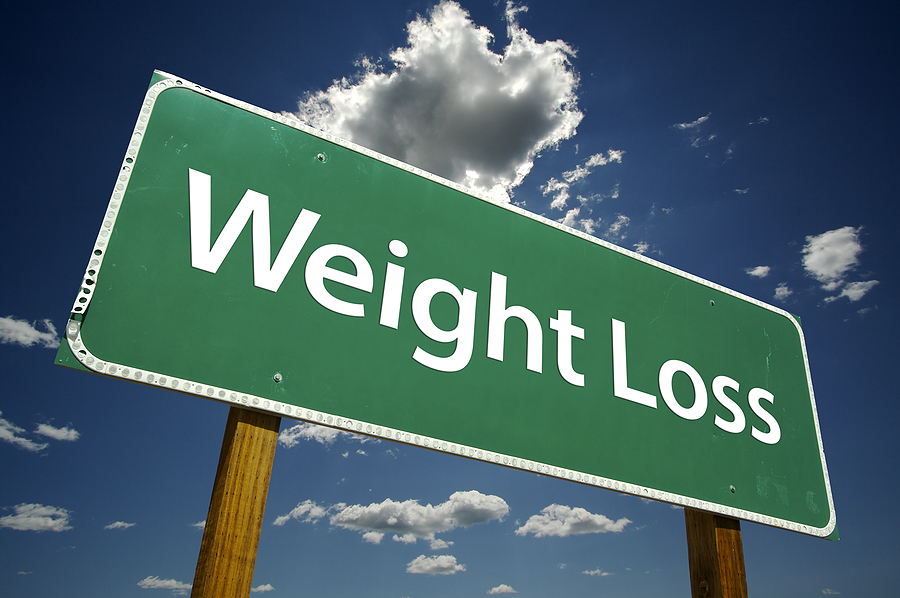
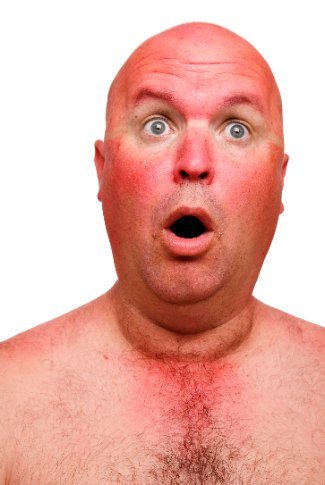
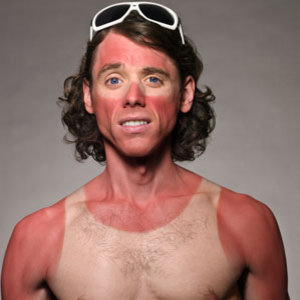

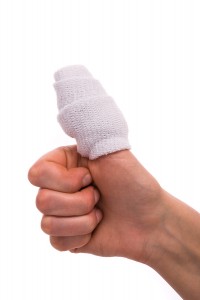 to introducing new exercises to your workout or raising the intensity of your workout. The good news is that it’s normal, it doesn’t mean you’re super unfit or should avoid exercise (the opposite is true really). The fittest of the fit can always be challenged in a new way and pushed, experiencing a degree of DOMS.The most severe cases of DOMS though seem to occur with those new to training, so always make sure you seek advice prior to starting weight/strength training for the first time. There is no shame in asking for help, think of good technique during exercise like ‘pre-hab’. And absolutely do not jump in the deep end and use too much load if you’re not used to it.
to introducing new exercises to your workout or raising the intensity of your workout. The good news is that it’s normal, it doesn’t mean you’re super unfit or should avoid exercise (the opposite is true really). The fittest of the fit can always be challenged in a new way and pushed, experiencing a degree of DOMS.The most severe cases of DOMS though seem to occur with those new to training, so always make sure you seek advice prior to starting weight/strength training for the first time. There is no shame in asking for help, think of good technique during exercise like ‘pre-hab’. And absolutely do not jump in the deep end and use too much load if you’re not used to it.